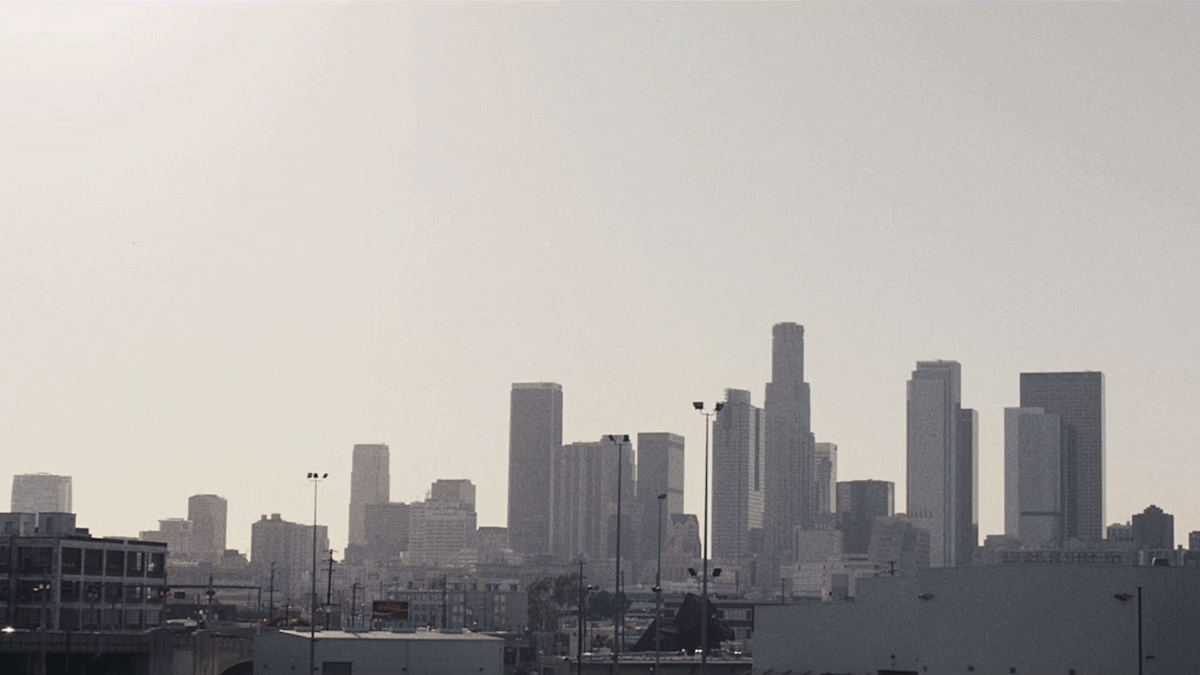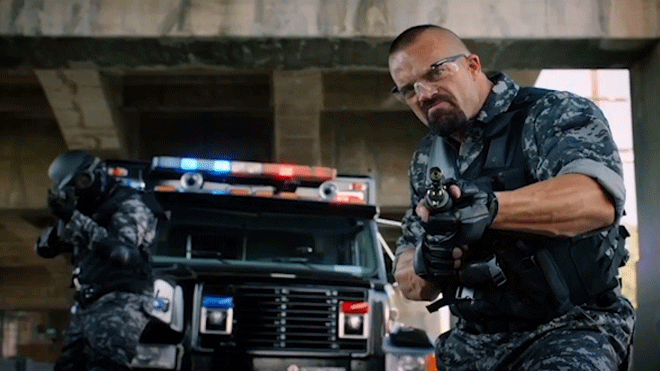At a discreet host bar in Los Angeles, Kyeong uses his talent and charm to create the illusion of love for the women who hire him. When a new client pays him for a “2nd round,” Kyeong discovers too late that behind her kindly demeanor lies a disturbing request
The experience is personal, and then it gets even more personal, and then too personal. Koreatown is a film by Grant Hyun that stems from true stories set in a discreet host bar in Los Angeles, where a male escort slowly gets in over his head by a client’s additional demands. The story holds a particular story arc where the progression unfolds as smoothly as a hot knife through butter – slicing a way for an emotional ride that is at times personal and discomforting. But perhaps the most shocking of it all is the source and inspiration for the film, and Grant had and bunch of backstory to it:
In the fall of 2017 my producer, Ashleigh Kim, introduced me to a friend of hers who had worked as a male doumi (the Korean term for a type of host/escort) in the karaoke bars of Koreatown, Los Angeles. During our first interview he explained how he was recruited at 19 and trained by a man he referred to as the Madame. This man was Korean, but had trained at host bars in Japan. The young man explained how his job was about satisfying the customer without spoiling their fantasy: use flattery, flirtation and any other means to create the illusion of romance.
During his time working as a doumi, he became skilled at intuiting what his clients wanted from him. Some were looking for human connection and understanding, while others, with more specific fantasies in mind, would pay higher prices to take him to private residences. The tension between the emotional and physical demands of the women who hired him was something I knew I wanted to explore. His clients were conscious of the transactional nature of their relationship, but still hired him because they wanted a curated experience on their own terms.
When I asked him what made him quit the job, he described the physical and emotional exhaustion of the work – the constant drinking and psychological tax of maintaining false relationships – and how he had grown numb to the feelings he was being paid to generate. I asked him if there was a specific moment when he knew he was going to quit working as a doumi. He said there wasn’t, but that there was one night he spent with a woman who hired him that has continued to haunt him to this day. That night became the focus of our short film.
We wanted to create an experiential film that led viewers along through a night that spanned the spectrum of this young man’s experience, culminating in the encounter with the client that’s still vividly etched in his memory. Although the story unfolds from his perspective, we wanted to present each character without judgment. There’s a kind of absurd humor that courses through the film, but I didn’t want the tone to underscore or punctuate it. The climactic scene centers on a strange and upsetting event and I wanted people to be able to bring their own interpretations and reactions to it while still understanding that this young man is going through an experience that will permanently change him.
There was also a sense of urgency to make this film as an artifact that acknowledged the existence of host bars in Los Angeles a decade ago. I began research when I met the young man back in 2017 and haven’t stopped since. I’ve interviewed male and female doumis, often in the karaoke bars where they work, as well as recruiters and managers. The business still exists, but the host bars – places where women could go and choose any man they wanted from a lineup – have all but disappeared in L.A. In 2006 there were as many as 6 host bars in L.A., but crackdowns from law enforcement beginning in 2010 drove out most of the male doumis. Many of these men were living in the U.S. without work permits or had expired visas, and because they were catering to a smaller section of Korean women who hired them, the income they generated simply wasn’t enough to justify paying off law enforcement to allow the host bars to continue operating.
It was important to us to shoot the film in real locations, places in Koreatown where the story could easily have happened. Finding a karaoke bar was a challenge because of the stigma surrounding doumis. We also needed a location with an older aesthetic because of when the film is set (2007). We were beyond lucky to come across a karaoke bar in a Koreatown that hadn’t been altered since it was built in 1989. The owner loved movies and gave us full access to the place during the day. When I returned a few months after the shoot, I saw it had a new sign and was under new management. There were minivans parked in front with women filing out and entering. It had been flipped into a new karaoke bar that featured doumis.
In terms of casting, we wanted to use Korean American actors who were from Koreatown. We were incredibly lucky when (after struggling to cast our protagonist) our producer’s hair stylist told us that her boyfriend would be perfect for the role. We met Sunho Yoo after his shift at a restaurant in Ktown and after our first conversation I knew we had our lead. He had never acted before, but we rehearsed relentlessly with the incredible actress, Crystal Lee, who plays the client who takes our protagonist home for the night. Sunho perfectly conveyed the balance of calm strength and disturbed unease that’s essential for communicating his character’s journey. Crystal had been the first to sign onto the project, playing the mysterious client – a role I was worried might be impossible to cast. Her ownership and understanding of that character is what carries the film to the beautiful and bizarre space in the final scene.
From colourful host bars to an intimate living room area, Koreatown’s strong features are balanced between the provocative story, stunning soundtrack and blazing photography. The tone definitely set the course for the film’s particular pace and development, giving the audience a heightened and chilling experience.
My Cinematographer, Alfonso Herrera Salcedo and I both agreed we wanted to shoot with a very controlled and often times locked off camera style. We shot on the Alexa Classic and Alfonso suggested we try and get Cannon K35 primes. The K35’s are older glass and have been used on films like Aliens and Spike Jonze’s Her. They’re super fast and create really interesting aberrations in low light. We lit most of the scenes with one light, using the Arri skypanels which have an incredible gel library built into them.




